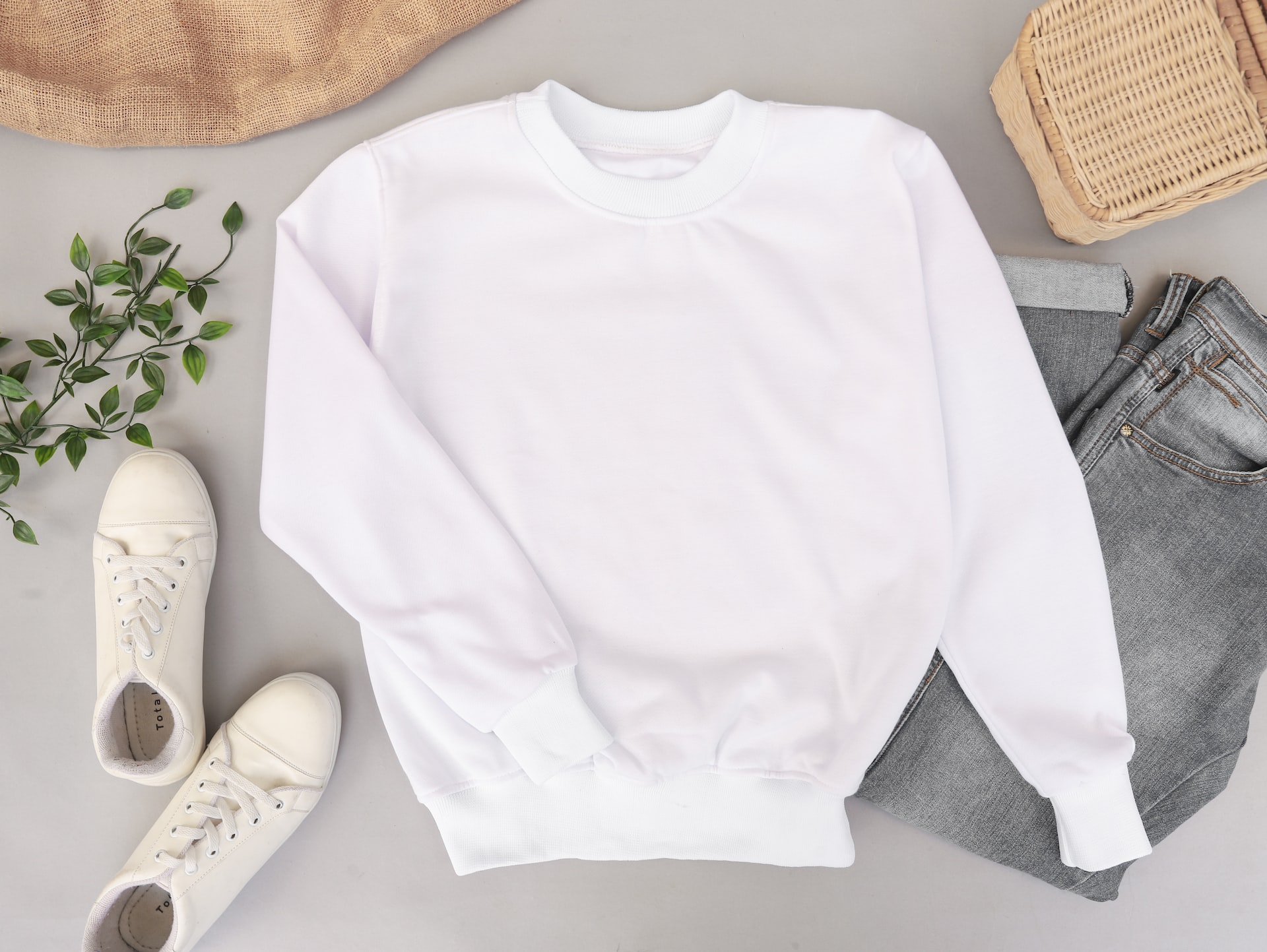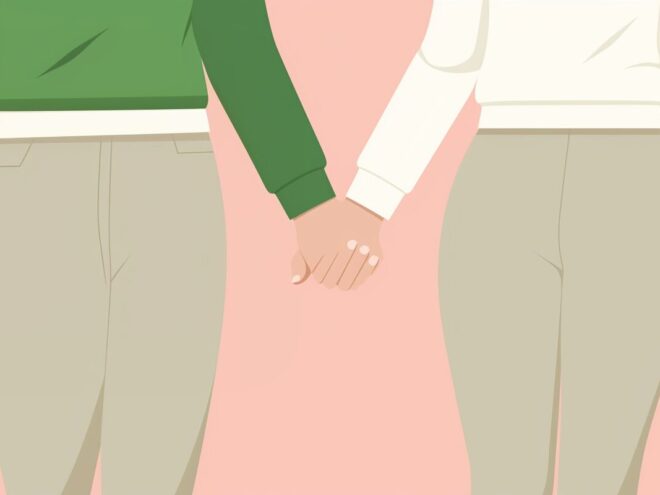Style • 03/22/2023
What is Slow Fashion? Why It’s Better for the Environment

Revivalist is a reader-supported endeavor and our posts may contain affiliate links. When you buy through links on our site, we may earn an affiliate commission.
Most of the clothes you get off the rack at retailers come from fast fashion–companies that use questionable environmental and human rights standards to produce low-cost clothing to maximize profit quickly. Slow fashion is a movement to break the cycle of unethical fashion to create positive change in the industry.
The fashion industry produces nearly one-tenth of worldwide carbon emissions with fast fashion the largest contributor. The amount will likely double by 2030.
By removing fast fashion, you can help eliminate the use of 8,000 chemicals that can spread through the land and water and preserve more than 3,000 liters of water per t-shirt.
How Slow Fashion Works
Slow fashion consciously creates and consumes clothing to focus on green and ethically-sound measures. Participating companies use eco-friendly materials to produce low-carbon and carbon-neutral clothing through ethical working practices.
Materials
There are many different options for textiles that don’t have a large carbon footprint. The following are some of the most common fabrics.
Organic Cotton
One of the most popular choices is organic cotton, made from natural materials grown without pesticides and not treated with chemicals. It’s biodegradable and comfortable to wear.
The downside of using organic cotton is that it takes water to produce.
Hemp
Hemp is slightly more sustainable than organic cotton since it requires less water. It’s a comfortable fabric that is biodegradable and machine washable.
Linen
A lightweight fabric, linen doesn’t require any pesticides or chemicals. It’s biodegradable but does use a lot of water.
Linen is comfortable but does wrinkle easily. It is often one of the easiest sustainable fabrics to find in stores. However, not all linen companies participate in the slow fashion industry.
Silk
With a luxurious feel, silk can be a very green fabric. It requires less water than cotton, comes from natural fibers and is biodegradable. Vegan options eliminate the deaths of silkworms.
The major downside of silk is that these garments do need dry cleaning to stay intact.
Producing Slow Fashion
Manufacturing in slow fashion means carefully considering the entire production process, from how the crops are grown to taking measures to remove emissions from factories and using low-waste packing materials.
Due to these companies’ careful, unconventional nature, these clothes are often pricey, which can limit the market for them.
Purchasing Secondhand Clothing
Purchasing from thrift stores can be advantageous to both the environment and your wallet. You are no longer contributing to new clothing collecting and sitting in landfills.
Often, secondhand clothing costs just a few dollars or cents. With the amount of fast fashion already circulating, donations and resold clothes can save time as the newer slow fashion industry grows and becomes more attainable.
Why It Matters
Climate change already exists globally, altering the course of the future. Science advances every day in creating ways to fight back against harmful carbon emissions but the average person can help by making sustainable changes.
Many companies are working to be carbon neutral by 2030. By supporting them, you can help persuade others to do the same.
Supporting Slow Fashion
You support slow fashion anytime you purchase clothes from companies prioritizing sustainability, quality and ethical responsibility.
By doing so, you can help create a better future.
Subscribe to Our Weekly Newsletter
We would love to connect deeper with you!


